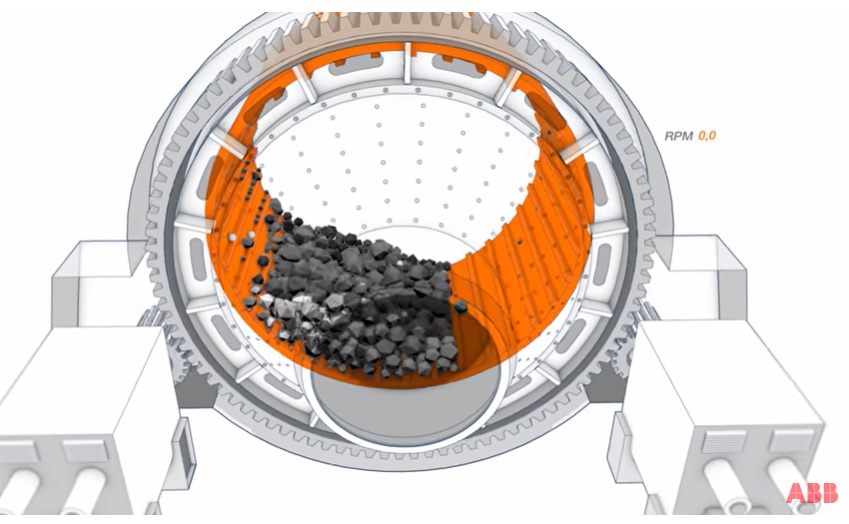Purchasing Efficiency
Purchasing Efficiency

You may have noticed a lot of merger and acquisition activity lately in the power transmission industry. In this issue alone, we're reporting Dana's plans to acquire Oerlikon Drive Systems; Timken's purchase of Cone Drive and Rollon, and SKF's plans to sell its linear motion division to Triton Partners (see Industry News, page 50).
Earlier this year we've seen other large deals as well. Rexnord purchased Centa Power Transmission. ABB Purchased B&R Automation, Altra Industrial Motion announced it would be merging its business with the motion control portfolio of Fortive (including Kollmorgen, Portescap & Thomson); Sumitomo Heavy Industries announced the acquisition of the Lafert Group. SEW-Eurodrive and GE's Automation and Industrial Controls business announced a partnership wherein they're going to sell each other's products.
And those are just the highlights. It's been a busy year in our industry.
So what does it all mean?

Often, in bad economic times, poorly performing companies get scooped up by larger competitors at bargain prices. But that's not what's happening here. Manufacturing is booming, and none of the acquired businesses appears to have been suffering. In fact, in every case that we've seen, these corporate moves are being viewed as additive to each organization's overall offerings and business.
In many ways, this is good news for you, the buyers of mechanical power transmission and motion control products. It's clearly more efficient for you if you can deal with fewer suppliers—but only if those suppliers maintain the level of expertise you require, and only if fewer suppliers don't automatically mean higher prices.
The supplier base for power transmission components and systems has traditionally been very diverse, and it remains so today, despite the fact that the big seem to keep getting bigger. There are still thousands of companies manufacturing gears, gear drives, electric motors, couplings, belts, clutches, brakes and the like, many of them specializing in specific industries or groups of industries, and many of whom have unique technologies or expertise.
Developing relationships with all of those suppliers is a lot of work. In some cases, that work is justified. For example, if a geared transmission is critical to your product's success, you're probably not ordering gears from a catalog. You need a custom gear manufacturer, and you need to find one you can trust. Other times, though, a standard gearbox is just fine, and if you can get that gearbox from the same place you order your bearings or electric motors, you're more efficient. That's why industrial distributors like Grainger, Motion Industries and Kaman have long been such a large part of the power transmission industry.
What I think is best about many of these high-profile consolidations is that we're seeing a concentration of expertise among experts. The big aren't just getting bigger. They're getting better. Hopefully this makes your job easier. Let me know what you think at wrs@powertransmission.com.






